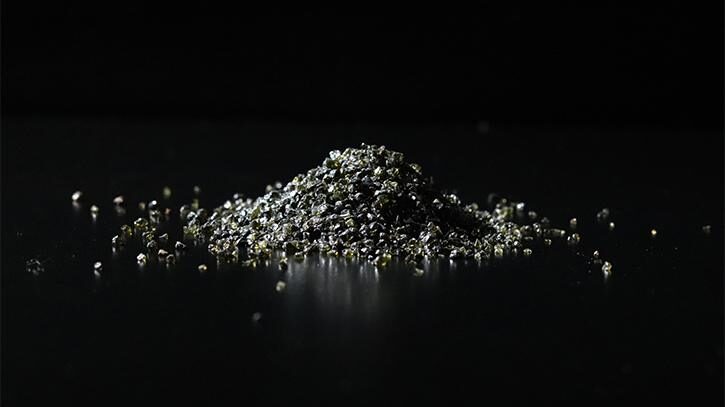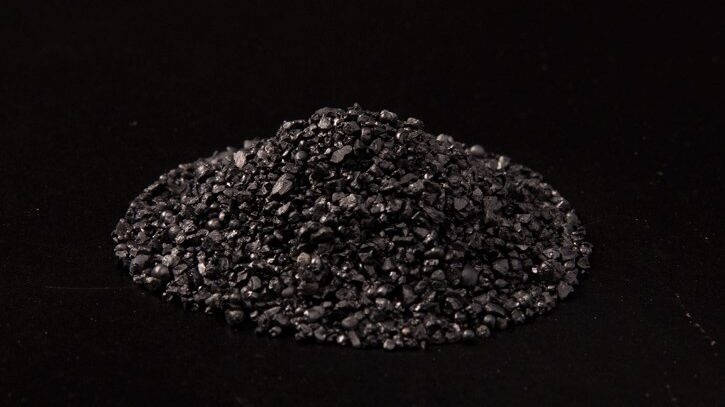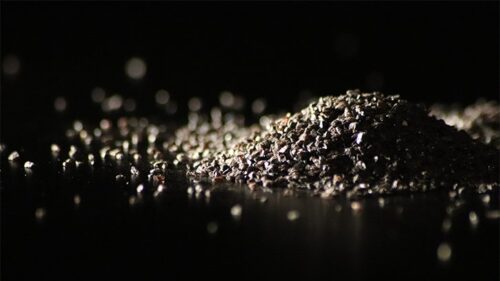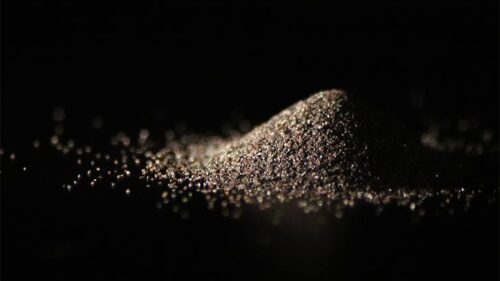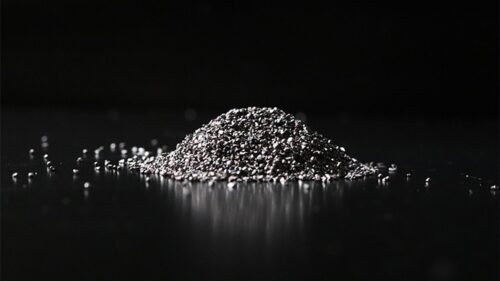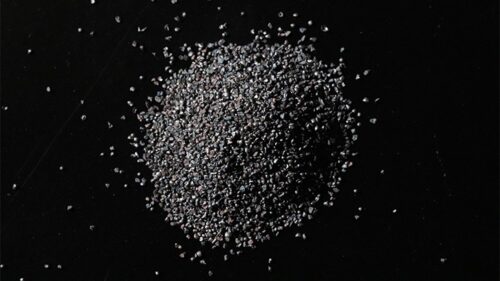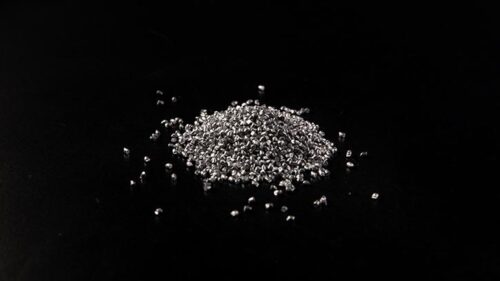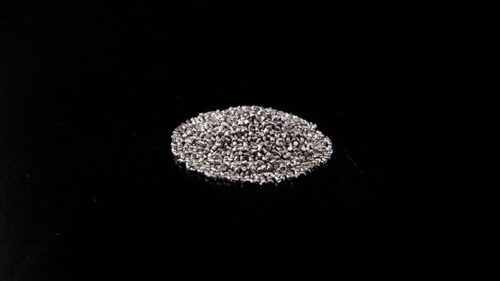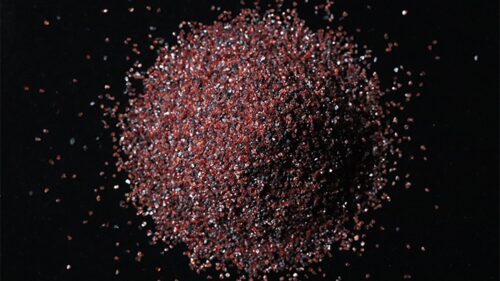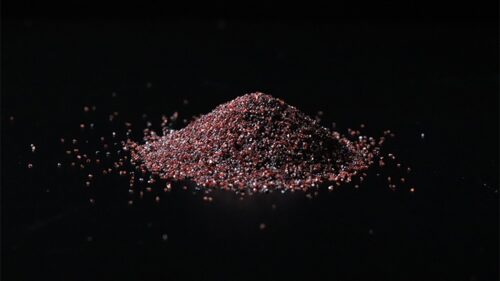A variety of low-cost abrasives known as “slags” are available for outdoor, non-reclaiming applications. Slags are generally by-products from plants smelting or burning the source material – coal, copper, nickel, etc. Slag materials are not recyclable and may have a higher operating cost than more expensive abrasive materials.
Coal Slag Blasting Media
Coal slag is the most common slag abrasive used. It is a recovered product from coal fired power plants which is reclaimed and screened (to remove dust), leaving a crystalline grain. Coal slag is mostly used for cleaning and maintenance blasting of steel surfaces. The variety in sizes available lend to blasting through tough coatings and old paint layers to remove light rust or mill scale.
Applications:
- Maintenance blasting
- Removal of paint, rust, mill, scale, and other coatings
- On-site blasting – bridges, pipelines, oil refineries, shipyards, storage tanks, water towers, and rail yards
- Surface cleaning
Physical Characteristics:
- Angular, aggressive media
- Hardness – 7.0 – 7.5 Mohs
- Bulk density – approx. 85 – 110 lbs. per cubic foot
Copper Slag Blasting Abrasive
Copper slag is a by-product of copper separation during the smelting process. It is an aggressive abrasive used mostly in new steel manufacturing or in maintenance blasting. Its high bulk density and shape lend to fast cutting and increased production time.
Applications:
- Manufacturing of storage tanks and ships
- Maintenance blasting
- Cleaning of hard steels
- On-site blasting – oil fields and off-shore platforms
Physical Characteristics:
- Angular, aggressive media
- Hardness – 6.0 – 7.0 Mohs
- Bulk density – approx. 100-120 lbs. per cubic foot
*Consideration must be given when blasting with slag products for OSHA compliance. Using inexpensive products can pose a health risk to operators should proper PPE guidelines not be followed.


